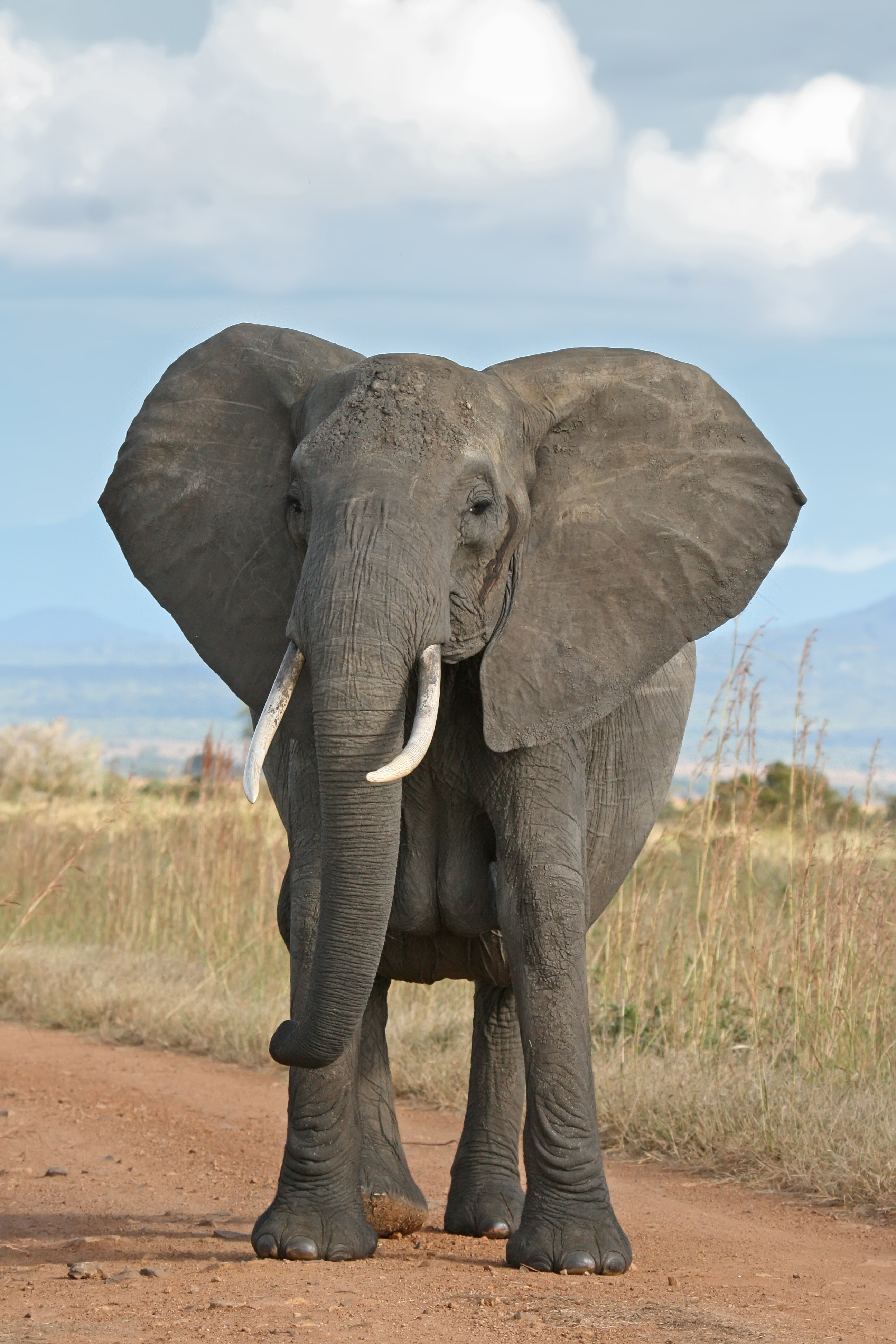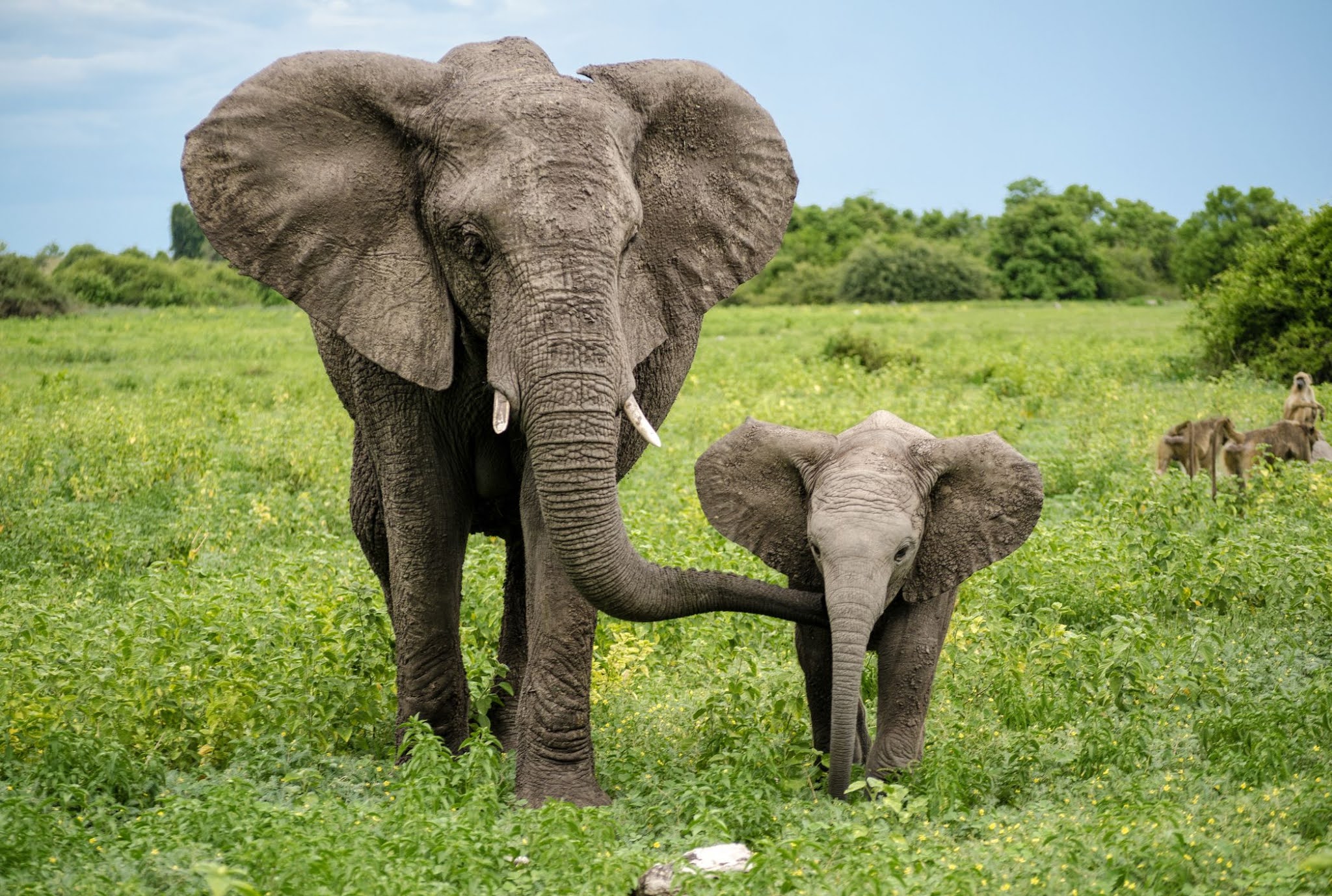Elephants Trunk Connecticut - A Look At These Gentle Giants
When you think about the biggest creatures that walk on land, your mind probably goes straight to elephants, and for good reason. These truly enormous animals, with their very distinct shapes, especially their long, flexible noses that we call trunks, are quite remarkable. They move around with a certain kind of grace, despite their size, and their presence in the world is something that, in a way, captures our imagination, whether we are in far-off lands or right here in a place like Connecticut.
There's something about an elephant's trunk that just draws you in, isn't there? It’s a tool for so many different things, allowing them to interact with their surroundings in ways that are, you know, just fascinating to watch. From picking up the tiniest items to making loud sounds that carry far, this part of their body is central to how they live and how they connect with other elephants. It’s a feature that really makes them stand out, even for folks who might only see them in pictures or hear about them on the news, perhaps in a town somewhere in Connecticut.
This article will take a closer look at these incredible animals, focusing on what makes them so special, especially their amazing trunks. We'll explore the different kinds of elephants there are, where they typically live, and some of the difficulties they face in the world today. We will also touch on how they communicate and live in their groups, all while keeping in mind that the wonder of the elephants trunk can be appreciated by anyone, anywhere, maybe even by someone curious about the elephants trunk in Connecticut.
Table of Contents
- What Makes an Elephant's Trunk So Special?
- The Elephants Trunk in Connecticut's Imagination
- How Many Kinds of Elephants Are There?
- Elephant Species and Their Reach Beyond Connecticut
- Why Are Some Elephants Facing Challenges?
- Conservation Concerns and the Elephants Trunk in Connecticut's Awareness
- How Do Elephants Talk to Each Other?
- Elephant Communication and Its Echoes in Connecticut
What Makes an Elephant's Trunk So Special?
The trunk of an elephant is, in some respects, truly a marvel of nature. It’s not just a nose; it’s a long, flexible tool that these large land animals use for a surprising number of tasks every single day. Think about it: they can use this amazing appendage to pick up items that are quite small, or to make loud, trumpet-like sounds that can be heard from a good distance away. It’s also how they say hello to other elephants, a kind of handshake or gentle touch among their own kind. The trunk, you know, is really central to their existence, helping them to interact with their environment and each other in ways that are very unique.
The Elephants Trunk in Connecticut's Imagination
Even though elephants are found on other continents, the idea of an elephants trunk captures the interest of people everywhere, including those who live in Connecticut. When we think of an elephant, that long, versatile nose is probably the first thing that comes to mind, isn't it? It’s a symbol of their strength and their gentle nature, all at once. For someone sitting in, say, a quiet town in Connecticut, picturing an elephant using its trunk to carefully pluck a single leaf from a tree or to spray water over itself on a warm day can bring a real sense of wonder. It shows just how adaptable and clever these creatures are, and how much they rely on this one body part for so many different actions.
How Many Kinds of Elephants Are There?
When we talk about elephants, it might seem like there’s just one kind, but actually, there are three distinct types of these magnificent animals walking the earth today. You have the African savanna elephant, which is generally the biggest of them all, a truly enormous land animal. Then there's the African forest elephant, which is a bit smaller than its savanna cousin. And finally, there's the Asian elephant. So, really, when you’re thinking about these large creatures, it’s good to remember that they come in a few different forms, each with its own specific characteristics and places where they typically live. They are, in a way, like distant relatives with some shared traits but also their own unique qualities.
Elephant Species and Their Reach Beyond Connecticut
These three species of elephant—the African savanna, African forest, and Asian—each have their own territories. African elephants, for instance, wander through a great many countries, about 37 of them, across the African continent. Asian elephants, on the other hand, are found in places like Southeast Asia and China. While you wouldn't find these wild herds roaming freely in Connecticut, the stories and facts about these different kinds of elephants certainly reach people there. The distinct appearance of their trunks, for example, is something that helps people tell them apart, no matter how far away they are. It’s pretty amazing how widely recognized the elephants trunk is, even in places far from their natural homes, like Connecticut.
Why Are Some Elephants Facing Challenges?
Despite their massive size and strength, elephants, particularly Asian elephants in certain areas, are facing some serious difficulties. In places like Southeast Asia and China, these animals are experiencing a significant loss of the places where they live, and their natural areas are becoming broken up into smaller, isolated sections. This makes it harder for them to move around freely and find what they need to survive. It’s a situation that has, you know, caused quite a bit of worry among people who care about these animals. The number of elephants across Africa, for instance, is currently around 415,000, which might sound like a lot, but it’s a figure that conservation groups are working hard to keep from getting smaller.
Conservation Concerns and What It Means for the Elephants Trunk in Connecticut's Awareness
While the problem of illegal hunting for ivory, often called poaching, has seen some reduction in certain areas, particularly in East Africa, it still continues to be a big issue in other places. This ongoing threat means that the future for these animals is, in some respects, still quite uncertain. Organizations that focus on protecting wildlife are working hard to conserve the largest land mammals on our planet. For people in Connecticut, understanding these challenges means recognizing the importance of global conservation efforts. The image of an elephants trunk, a symbol of these magnificent creatures, can serve as a reminder of the need to protect them and their homes, wherever they may be in the world.
How Do Elephants Talk to Each Other?
Elephants are known for being quite social animals, and they have some really interesting ways of communicating with each other. One of the most obvious ways they do this is through their trunks. They can use their trunks to make loud, trumpeting sounds that serve as warnings to others in their group, letting them know if there’s something to be aware of. They also use their trunks to greet one another, a kind of gentle touch or intertwining that shows connection. It’s a very important part of how they interact within their family units and with other elephants they meet. So, basically, the trunk is not just for eating or drinking; it’s also a vital tool for staying in touch with their companions.
Elephant Communication and Its Echoes in Connecticut
Even though elephants are native to Africa and Asia, their ways of sensing and communicating have a kind of universal appeal. People everywhere, including those in Connecticut, can appreciate the complex social lives these animals lead. The idea that an elephant might sense a warning from another elephant, perhaps through vibrations in the ground or through a specific trunk movement, is pretty fascinating. It speaks to a deep level of awareness and connection within their herds. The sight of an elephants trunk, whether in a documentary or a picture, reminds us of the rich and varied ways that living things communicate, far beyond just spoken words, a concept that is, you know, quite thought-provoking for anyone, anywhere, even in a place like Connecticut.
Elephants are the largest living land animals on our planet. They have distinctly massive bodies, very large ears, and those long, flexible trunks that are used for so many different tasks. They are, in a way, truly unique among land mammals. African elephants, for example, are the biggest animals walking the earth, and they are easily recognized by their trunks, which are central to their communication. They are slightly larger than their Asian relatives and can be identified by their bigger ears, which some say look a bit like the shape of the African continent. These creatures are surprisingly graceful in water, too; their enormous bodies actually float with a good deal of ease, and they use their trunks as a natural snorkel when they are crossing rivers or other bodies of water.
There are many amazing facts about elephants that show just how incredible they are. For instance, male African elephants can reach heights of up to 3 meters and weigh a great deal. Indian elephants, one type of Asian elephant, may spend a very significant amount of their day, sometimes up to 19 hours, just feeding. They can also produce a large amount of waste, about 220 pounds of dung per day, while moving across an area that can cover a good many square miles. These facts, you know, really highlight the sheer scale of their existence and the impact they have on their environment. They are truly the world's largest land mammals, with males weighing up to six tonnes on average, which is just a massive amount of weight.

File:African Bush Elephant.jpg - Wikipedia

Both species of African elephants are now officially endangered | New

Green World: 16.08.2020 Animal of the week: Elephant